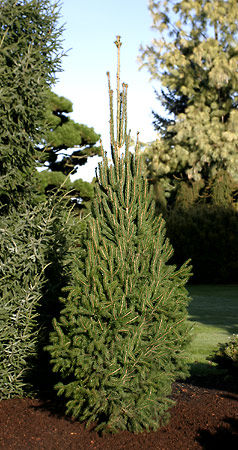| PSC 2620: Woody Trees and Shrub | Course Home | Week 13 |
Picea abies - Norway Spruce
Plant Viewer
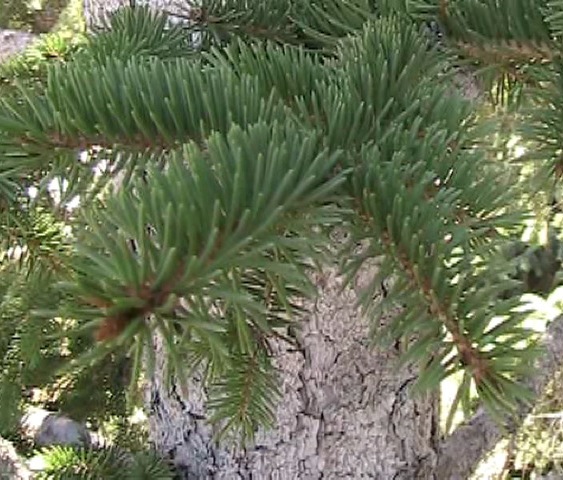 |
 |
| The needles are 1/2 - 1 inch long and densely arrayed around the stem. | The bark is gray brown and exfoliates in plates. |
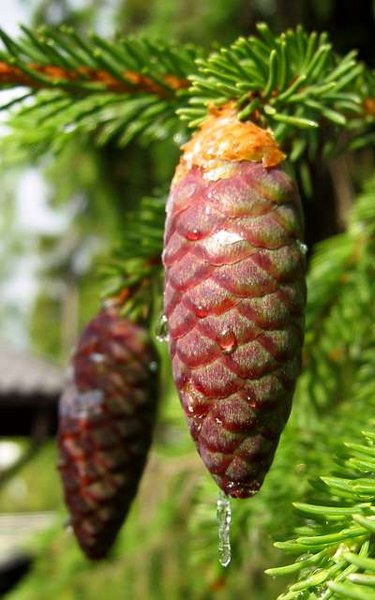 |
|
| The cones are brown, but retain a purplish or pink hue to them. Image: Veli Holopain |
Plant Description
Picea abies, or Norway Spruce, is a medium to large coniferous evergreen tree, growing 40-60 feet high and 25-30 feet wide at maturity. It has a strong narrowly pyramidal form when young, but often fill out to a more upright form with age. The branches are held perpendicular to the trunk or angled slightly upward, with pendulous branchlets on each branch. It has a fairly open form, which tends to become more exaggerated with age. Norway Spruce thrives in full sun in well-drained soils. While it prefers acidic soils, it is not particular and will perform well in alkaline soil. It needs regular irrigation the first couple of years, but becomes quite drought tolerant after that.
The bark is gray brown in color and can have some reddish overtones. It forms in small plates that exfoliate, revealing a deeper red bark underneath. The needles are bright green to dark green and 1/2 - 1 inch long. They are arrayed around the stem and point slightly towards the stem tip.
Small, pale pink female flowers resembling a cone form at the terminal buds. This matures into the cone, turning brown and hanging from the tip of the branch. The female flowers and subsequent cones are much more plentiful at the top of the tree. The 1 inch male flowers form at the axillary buds and resemble bottlebrushes. The male flowers are less common.
Landscape Use
Use Norway Sprue in large landscapes, such as a campus or city park. They are also popular to use in wind breaks or for visual screening. I recommend clumping them with other trees, as the tree can become a bit sparse and ragged looking as it ages. They look best during winter when the snow stands out against their bright green needles.
Points of Interest
Picea abies is very susceptible to spruce gall aphid, which causes the formation of a brown gall on the tips of the branches. The galls are normally only an ornamental problem, but major infestations can stress the tree, causing it to grow slowly or become susceptible to other infestation.
They are also susceptible to borers.
Notable Cultivars
Pendula
An excellent weeping form. The form is unpredictable without training, each plant creating a unique specimen. It can grow 20-25 feet high with a widely variable spread.

Rubra Spicata
This dwarf variety has new buds that open in spring to reveal dark red needles. The good color last for a couple of weeks before slowly fading to green. It grows 10-15 feet high and 6-8 feet wide.
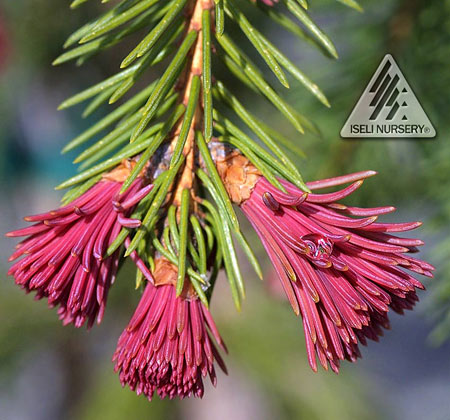
Sherwood Compact
Another dwarf cultivar with a good pyramidal form. It stays more dense than the regular species. It grows 12-20 feet high and 8-14 feet wide.
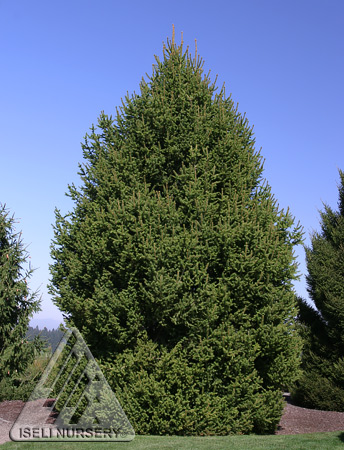
Cupressina
This variety has tight upright form and is a good selection for vertical evergreen accent. It grows 30-40 feet high and 10 feet wide.
